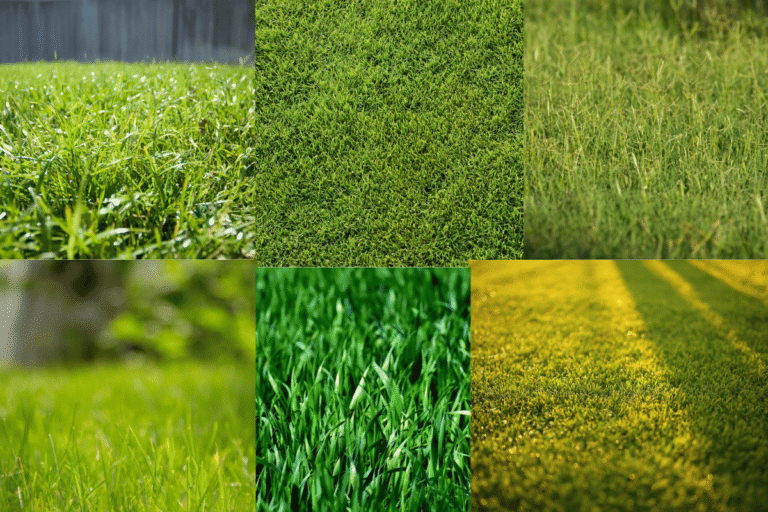How to Fix Yard Drainage Issues – A Quick and helpful Guide

Yard drainage issues can turn a beautiful lawn into a soggy mess. Whether it’s pooling water, a muddy backyard, or water seeping into your home’s foundation, poor drainage can cause damage, attract pests, and ruin landscaping.
The good news? You don’t need to be a professional landscaper to fix most yard drainage problems. With the right tools and strategies, you can reclaim your outdoor space and prevent future issues.
Common Signs of Yard Drainage Problems
Before fixing the issue, it’s important to know what to look for. Common signs include:
- Standing water after rain
- Soil erosion or exposed roots
- Water pooling near your home’s foundation
- Soggy or muddy patches
- Mold or mildew on walls near the ground
If you notice any of these symptoms, it’s time to take action.
1. Regrade Your Yard

Water follows gravity. If your yard slopes toward your house or has low spots, water will pool there. Regrading helps redirect water away from structures and into areas that can handle it.
How to do it:
- Use a shovel or landscaping rake to create a gentle slope away from your home.
- Aim for at least a 2% slope (a drop of 2 feet for every 100 feet).
- Fill in low spots with topsoil and reseed the area.
Tip: A landscape level or string level can help you measure the slope accurately.
2. Install a French Drain

A French drain is one of the most effective solutions for redirecting water underground.
What you’ll need:
- A perforated pipe
- Landscape fabric
- Gravel
Steps:
- Dig a trench in the problem area (about 18 inches deep).
- Line it with landscape fabric.
- Add a layer of gravel.
- Lay the perforated pipe in the trench, holes facing down.
- Cover the pipe with more gravel and fold the fabric over it.
- Cover with soil and grass if desired.
This system collects water and carries it away to a designated drainage spot.
3. Add a Dry Creek Bed

A dry creek bed is both functional and decorative. It mimics a natural water path and channels runoff during storms.
How to do it:
- Dig a shallow, winding trench.
- Line it with landscape fabric.
- Fill with river rocks or gravel.
- Add plants or decorative boulders along the edges for a natural look.
Dry creek beds are great for large volumes of water and can enhance your landscape design.
4. Install a Rain Garden

Rain gardens are shallow, planted depressions designed to temporarily hold and absorb rainwater.
Benefits:
- Reduces runoff
- Improves water quality
- Supports pollinators
How to build one:
- Choose a low area at least 10 feet from your home.
- Dig a shallow basin (6–12 inches deep).
- Fill it with water-loving native plants like sedges, black-eyed Susans, or switchgrass.
- Add compost or sand to improve absorption.
5. Use Downspout Extensions

Sometimes, poor drainage starts with your gutters. If downspouts dump water right next to your home, it can flood your yard and foundation.
Fix:
- Attach downspout extensions to carry water at least 6–10 feet away from the house.
- Use splash blocks or underground drain lines to guide the flow further.
6. Aerate Your Lawn

Compacted soil prevents water from draining properly. Lawn aeration allows air, water, and nutrients to penetrate the soil more effectively.
Options:
- Use a manual core aerator for small lawns.
- Rent or hire a machine for larger areas.
Aeration improves drainage and promotes healthier grass growth.
7. Install Catch Basins or Channel Drains

For areas where water collects heavily—like patios, driveways, or walkways—catch basins or channel drains are effective solutions.
How they work:
- Catch basins collect water and route it through underground pipes.
- Channel drains act like gutters in the ground, capturing surface water and moving it away quickly.
These are especially useful for hardscaped areas with limited soil absorption.
Final Thoughts
Fixing yard drainage issues is essential for protecting your home and landscape. Whether you tackle a DIY project or hire a professional, identifying the source of the problem is the first step.
Start small with simple fixes like downspout extensions and lawn aeration, then move on to bigger solutions like French drains or rain gardens as needed.
A well-drained yard not only looks better but also functions better—no more muddy shoes, dying grass, or water-damaged basements.






